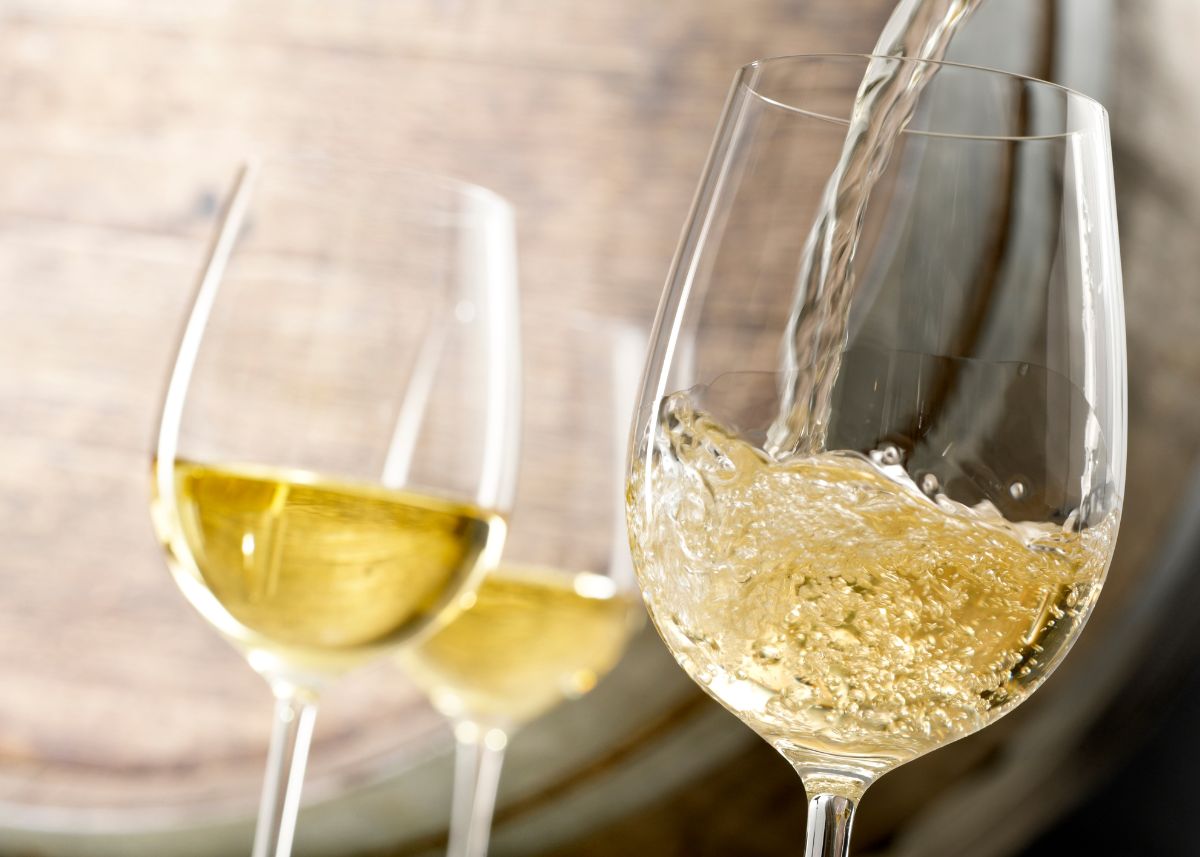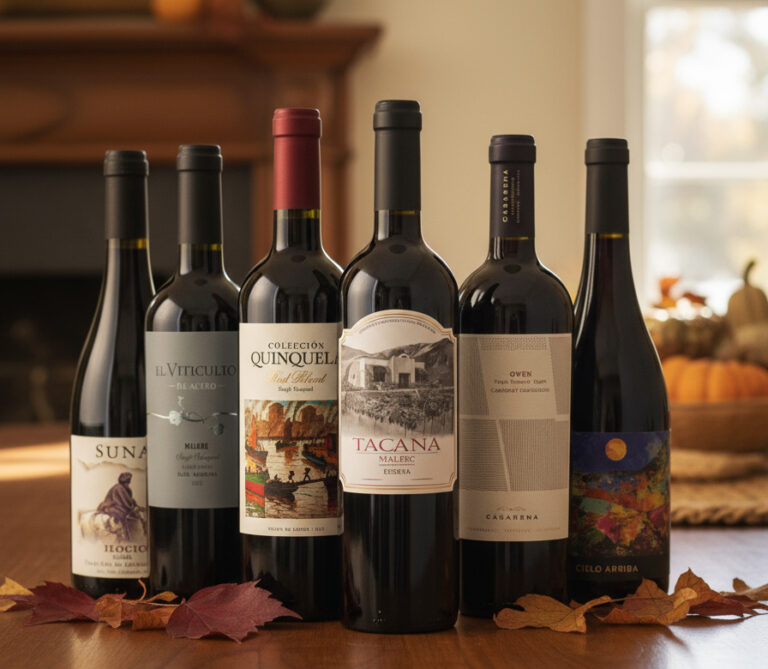A Hidden Truth That Changes How You Taste White Wine
Most wine lovers think of tannins as something that only exists in bold reds like Malbec or Cabernet Sauvignon. That dry, slightly puckering feel on the tongue seems miles away from a crisp Sauvignon Blanc or a golden Chardonnay. But here’s the secret most people overlook: white wines have tannins too, and they play a quiet but powerful role in how a wine feels, tastes, and pairs with food.
In this Bonner Private Wines video, Bordeaux-trained winemaker Julien Miquel explains why white wines have tannins, how they form, and why understanding them will elevate the way you taste wine.
Why White Wines Contain Fewer Tannins
The first thing to know is that white wines don’t lack tannins entirely. They just have fewer. This comes down to both grape biology and winemaking technique.
Red grapes have more tannins in their skins. These natural compounds act like antioxidants, protecting the fruit from sunlight and pests. When winemakers produce red wines, they ferment the juice together with the skins. That contact gives reds their structure, depth, and that drying texture we know as tannin.
White wines are made differently. Winemakers press the grapes before fermentation, separating the juice from the skins early. The juice ferments alone, so there’s far less opportunity for tannins to dissolve into the wine. Still, during pressing, a small amount of tannin from the grape skins does make its way in. It’s a tiny fraction compared to reds, but it’s enough to matter.
What Tannins Add to White Wine
Even in small quantities, tannins influence a white wine’s balance and feel. Pay attention to the finish, that lingering moment after you swallow. You might notice a light dryness or grip on your palate. That’s not acidity; that’s tannin.
Because white wines are typically lighter and more aromatic, these fine tannins, or phenolics as winemakers often call them, can have a big effect on texture. They bring structure, roundness, and even a sense of freshness.
A Sauvignon Blanc might feel bright and tight because of its phenolic backbone. A white Burgundy aged in oak might feel creamier, with the tannins smoothing the edges. They are subtle, but once you start noticing them, you realize they help define the style and personality of every white wine.
Oak and Winemaking Techniques Matter
Tannins in white wines don’t come only from the grapes. They can also come from the oak barrels where some wines ferment or age. The oak imparts gentle phenolics that add texture, body, and complexity. That is the reason many barrel-aged whites feel silkier and fuller.
Winemaking techniques also change how tannins behave. Wines aged on their lees (the natural yeast sediment) develop creaminess that softens tannins. Wines made entirely in stainless steel tend to feel leaner and more angular.
These fine adjustments are what separate a simple white from one that feels layered and complete. They show that texture is every bit as important as aroma or flavor.
What About Rosé and Orange Wines?
Julien also points out that rosé and orange wines have tannins too. Rosés have roughly the same level as white wines since their skin contact is brief. But orange wines, which are white wines made by fermenting with their skins, have significantly more tannins.
This skin contact gives them an amber hue and a textured, tea-like feel. It is what makes orange wines so distinctive and often more food-friendly. Understanding tannins helps explain why these styles taste the way they do and why they pair beautifully with richer or spiced dishes.
Why Knowing This Changes Everything
Once you start noticing tannins in white wines, you’ll taste them differently. They help explain why some wines feel light and crisp while others feel firm or creamy. That tactile sensation, the way a wine moves and finishes in your mouth, is what gives it dimension and life.
Tannins, even in small amounts, are part of what make great white wines so balanced, structured, and memorable. From Loire Valley Chenin Blanc to oak-aged Chardonnay, they are the quiet ingredient shaping the character of every sip.
So next time you pour a glass of white wine, focus not just on the aroma, but on the texture. Feel that slight grip, that polished finish, and appreciate the hidden craftsmanship at work.
Explore More
Discover our collection of French white wines that beautifully express balance, texture, and freshness.
👉 Shop French Wines at Bonner Private Wines
To explore more stories and discover the world’s most remarkable wines, visit our Bonner Private Wines YouTube channel.




